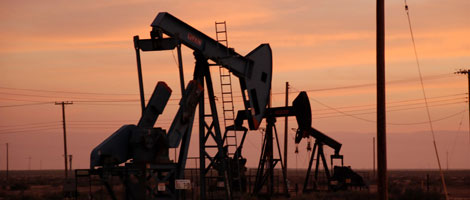So much near-term noise.
Since Pioneer Natural Resources (PXD) reported earnings on May 2–the company beat Wall Street estimates on earnings by 16 cents a share and reported revenue in-line with projections and up 56.5% year over year–there’s been so much noise in the oil markets. First, oil rallied this morning on speculation that on President Donald Trump will act to reimposed sanctions on Iran at the May 12 decision for re-certifying the deal or not. Then, oil gave back most of its gains, with West Texas Intermediate falling back below $70 a barrel, on a White House announcement that the President would announce a decision tomorrow. The speculation is that moving up the decision without the President releasing a Twitter barrage criticizing the deal means that he will keep the U.S. in the agreement in some form. But this is all speculation.
Here are the two things that we actually know the should govern your decision to continue to hold Pioneer Natural Resources. (I hold the stock in my long-term 50 Stocks Portfolio, where it’s up 100.6% since I added it to the portfolio on January 13, 2012, and I hold the January 18, 2019 call options at $180 in my Volatility Portfolio, where the option are up 34% since I added them to this portfolio on February 25, 2018.)
First, Pioneer reported first quarter production of 312 thousand barrels of oil equivalent a day, up 2% from the fourth quarter of 2017, and forecast that production would climb to a range of 312 to 322 thousand barrels of oil equivalent a day in the second quarter. So production continues to climb. In addition the company continues to make progress on its plans to divest its assets in Eagle Ford and other production basins, making it a Permian Basin pure play. That’s important to the growth story since Pioneer forecasts Permian production growth for 2018 in the range of 19% to 24%.
Second, despite reports of rising labor and raw materials prices, costs at Pioneer remain very under control. The cost of producing a barrel of oil equivalent in the first quarter climbed to $10.30 from $9.09 in the fourth quarter. But 47 cents of that increase was due to higher taxes generated by higher oil prices. The concentration on production from the Permian Basin’s very low cost reserves should keep costs in line as well. For the second quarter the company forecasts production costs of $10.00 to $12.00 per barrel of oil equivalent.
The company finished the quarter with $1.8 billion in cash.


